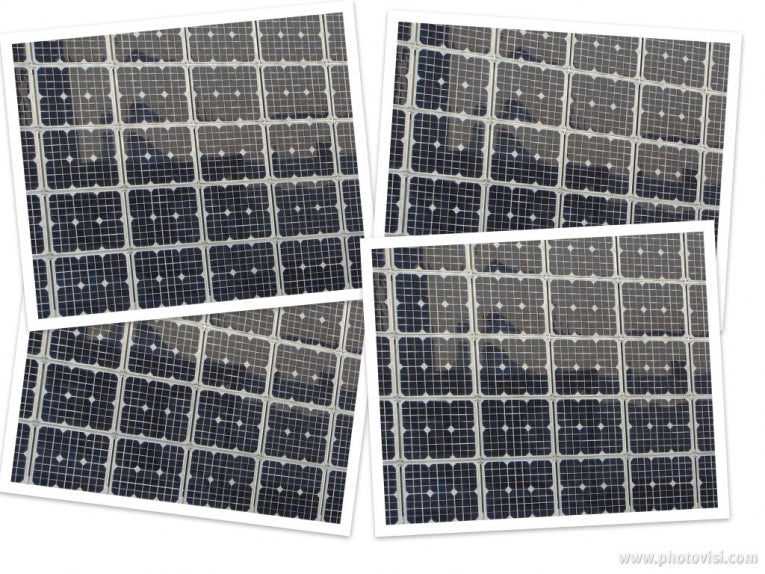"In just one hour the Sun delivers more energy than we consume globally in one year," says Australian physicist Dr Ron Nielsen, "Ten percent of our planet's surface is unused. If we could site solar panels on it we would have 35 times more electricity than is produced by fossil fuels and nuclear power."
One of the main difficulties is that manufacturing photovoltaic solar panels - which produce electricity - out of thin wafers of silicon rock is costly and they are not suitable for all applications, such as curved surfaces or unusual shapes.
An evolving technology is thin-film solar panels, where the backing material is coated with a light absorbing semi-conductor, which are cheaper and easier to manufacture. Several recent breakthroughs makes these look like a strongly viable product now.
They are the foldable and rollable power sources for laptops and mobile phones which are becoming widely available. Larger-scale deployment is happening - a solar power plant generating 21 mega-watts, enough to power 17,000 homes has come online in Blythe, California this year.
The technology has problems to overcome - currently thin-film solar panels are less efficient than crystalline silicon-wafer ones but they are catching up - recently some have reached 20% efficiency, equalling conventional panels' practical maximum and promising greater service life.
We are not short of silicon, it makes up a quarter of the earth's crust. However the currently-favoured compound for thin-film solar panels is Cadmium Telluride, which is made up of much rarer materials. Professor Sue Carter of the University of California, Santa Cruz, is working to develop cheaper and more efficient solar cells, with a thinner coating so much less is needed.
A big breakthrough has been made by printing the panels on rolls of foil, like newspapers. New manufacturing plants are being launched worldwide to push into this emerging, and profitable, market.
Naturally with increased production the costs will come down. Thin-film solar panels could be curved onto mobile phones, laptops and the roofs of motor vehicles, including farm tractors, so that they would reduce the fossil fuel input into our food - even organic food is harvested, refrigerated and transported to us with climate-damaging fossil fuels.
Most civilisations before the industrial age only had the sun, wind and water as their power sources. Thin-film solar panels look to be part of the energy mix in a better and cleaner, post-fossil fuel world, if we have the vision to implement these changes.
href="https://earthtimes.org/index.html">Technology News









